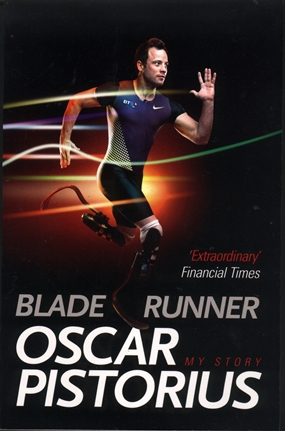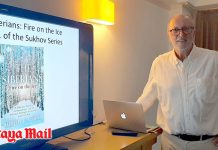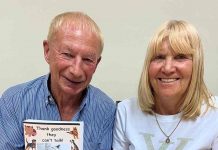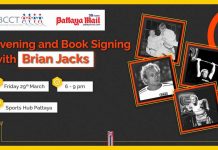Oscar Pistorious is rather well known these days, especially after he became a medal winner in both the London Olympics and the London Paralympics. This book, Blade Runner – My Story (ISBN 978-0-7535-4085-5, Virgin Books, 2012) tells of his life leading up to the competitions themselves in London.
He was born without one of the two bones in his lower legs and consequently malformed feet. His parents began the agonizing search for specialists who could advise them in what to do, what to expect and the chances for the child to live a life somewhere near “normal”.

The consensus of medical opinion was that a double amputation would be the best course of action. Imagine having to make that decision as a parent. At 11 months of age the operation was carried out, with the amputation being below knee for both legs. In a few months after that, he was walking with his prostheses and never looked back.
The introduction encapsulates the book, and his life story. “The story of a young boy surrounded by love, support and the courage of his family; of a young man who experienced the most profound grief with the loss of his adored mother and of a man who is chasing his dream – a dream to become an athlete. Not a disabled athlete, simply an athlete.”
He describes how initially he was disdainful of the Paralympics movement, and you can read into that it was almost a surrender for him, or even a failure, to compete at what he thought was a lower level. However, he advanced from that opinion and now looks upon disabled sporting contests as just another contest, just the same as he does for the Olympics. “Just another sporting avenue,” he writes.
What makes his personal struggle even more engrossing is the section where he was ruled ineligible for able-bodied events. He was beating the qualifying times set for Olympics, but a decision was made that his ‘blades’ gave him an advantage. Not taken into account was the fact that being an amputee and having to use two prosthetic legs was a decided disadvantage. This was done by the International Association of Athletics Federations (IAAF) in 2007. The IAAF then weakened their stance by saying that they would have to examine his prostheses to see if they did give an advantage.
He appealed against the IAAF decision and this went to the Court of Arbitration in Sport, where more scientific testing was done, which eventually showed there were no advantages for him with his blades, and there was no reason he should be banned from able-bodied athletic events. That took almost one year, and Pistorius does open his soul for the reader to see and experience.
At B. 435, it is a weekend’s read, and by the time you have read the letters he received (at the end of the book) you will understand this athlete’s family much better, and how his family had such an influence on his life.
Anyone who believes in ‘fair play’, especially on a sporting field will appreciate why I enjoyed this book.




